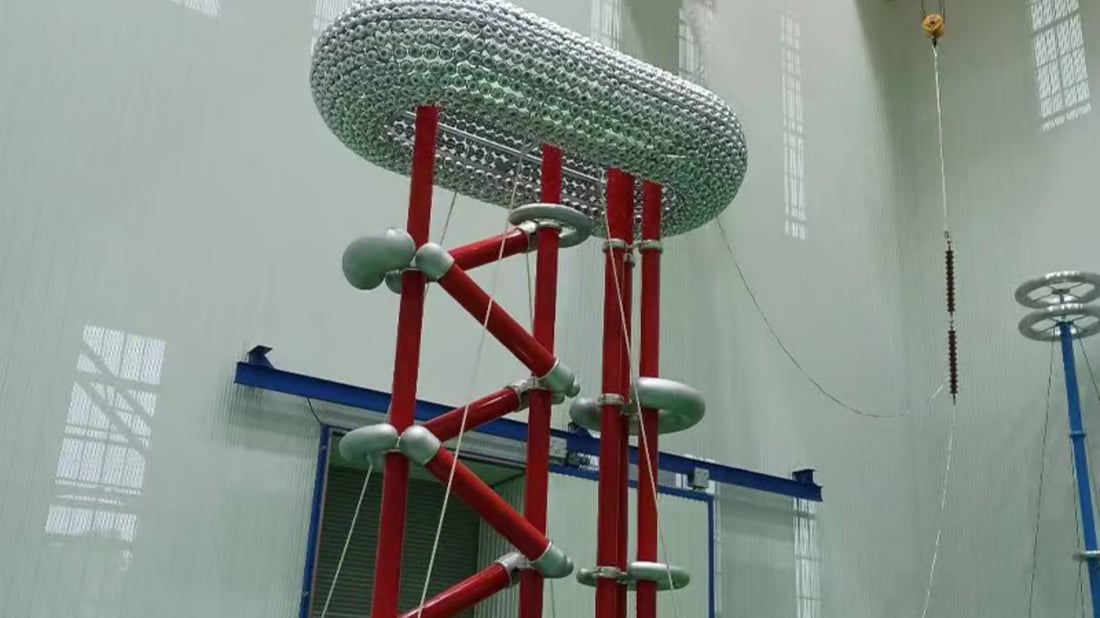Introduction
When it comes to generating electrical power, direct current (DC) generators play a crucial role. In this article, we will explore the three main types of DC generators commonly used in various applications.
1. Separately Excited DC Generators
Separately excited DC generators have a separate source of excitation for the field winding. This type of generator allows for precise control of the output voltage, making it suitable for applications that require stable and adjustable power supply.
2. Self-Excited DC Generators
Self-excited DC generators rely on the residual magnetism in the field poles to generate the initial magnetic field. Once the generator starts producing electricity, this residual magnetism is reinforced by the generated voltage. This type of generator is commonly used in small-scale applications where precise voltage control is not critical.
3. Compound-Wound DC Generators
Compound-wound DC generators combine the features of both separately excited and self-excited generators. They have both a series field winding and a shunt field winding, allowing for improved voltage regulation over a wide range of loads. This type of generator is commonly used in applications where a stable voltage output is required under varying load conditions.
Applications of DC Generators
DC generators are used in a wide range of applications, including electric power generation, battery charging, and as a source of backup power in industries and households. They are also commonly used in portable generators, electric vehicles, and renewable energy systems.
Advantages of DC Generators
DC generators offer several advantages over other types of generators, such as simple construction, ease of maintenance, and the ability to provide a constant and stable voltage output. They are also more cost-effective in small-scale applications compared to AC generators.
Limitations of DC Generators
Despite their advantages, DC generators also have some limitations. They are less efficient than AC generators in transmitting power over long distances, and they require regular maintenance to ensure optimal performance. Additionally, the commutator and brushes in DC generators are prone to wear and tear over time.
Choosing the Right DC Generator
When selecting a DC generator for a specific application, it is essential to consider factors such as the required power output, voltage regulation, and operating environment. Understanding the differences between the three main types of DC generators can help in making an informed decision.
Conclusion
In conclusion, DC generators play a vital role in various industries and applications where a stable and reliable power supply is required. By understanding the three main types of DC generators and their unique characteristics, you can choose the right generator for your specific needs.
Quote Inquiry
Contact us!

